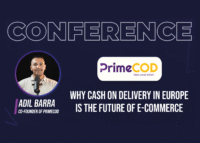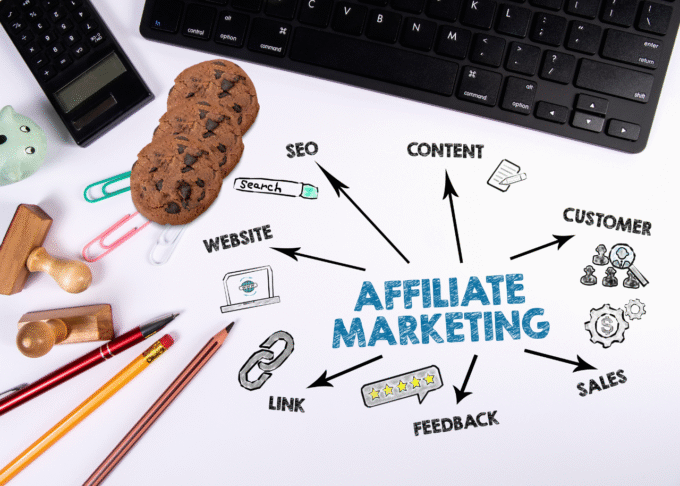The Urgency of Immediate Traffic and Sales:
E-commerce businesses often face the challenge of generating immediate revenue to sustain operations and fuel expansion. SEA offers a powerful solution for quickly driving qualified traffic to product pages and converting potential customers.
Key Strategies for Effective SEA Campaigns:
- Precise Keyword Targeting: Leveraging advanced keyword research tools to identify high-intent keywords that align with product offerings and user search queries.
- Compelling Ad Copy Creation: Crafting persuasive ad copy that highlights unique selling propositions, addresses user needs, and entices clicks.
- Optimized Landing Page Design: Developing dedicated landing pages that are relevant to ad content, provide a seamless user experience, and drive conversions.
- Strategic Remarketing Campaigns: Implementing remarketing strategies to re-engage users who have previously interacted with the website, maximizing conversion opportunities.
- Data-Driven Campaign Management: Continuously monitoring campaign performance metrics, analyzing data insights, and optimizing bids, ad copy, and targeting to maximize ROI.
Case Studies and Insights:
“GadgetGalaxy,” an online electronics retailer, implemented a targeted SEA campaign focused on high-intent keywords and optimized landing pages. This resulted in a 200% increase in website traffic and a 150% surge in sales within the first month. Their data-driven approach allowed them to quickly identify and capitalize on high-performing keywords and ad variations.
Building a Sustainable SEA Framework:
To maximize the impact of SEA campaigns, e-commerce businesses must:
- Set Clear Campaign Objectives: Defining specific goals, such as increasing sales, generating leads, or driving brand awareness.
- Implement Robust Tracking Systems: Utilizing analytics tools to monitor key performance indicators and measure campaign effectiveness.
- Continuously Test and Optimize: Conducting A/B testing on ad copy, landing pages, and targeting to refine strategies and improve performance.
The Future of E-commerce SEA:
The future of SEA will be shaped by AI-powered automation, enabling more precise targeting, dynamic ad creation, and real-time optimization. Businesses that embrace these technologies will gain a significant competitive advantage.
Conclusion:
A strategically executed SEA campaign can deliver immediate and significant growth for e-commerce businesses. By focusing on targeted keywords, compelling ad copy, and data-driven optimization, businesses can achieve rapid ROI and capture a larger market share.















